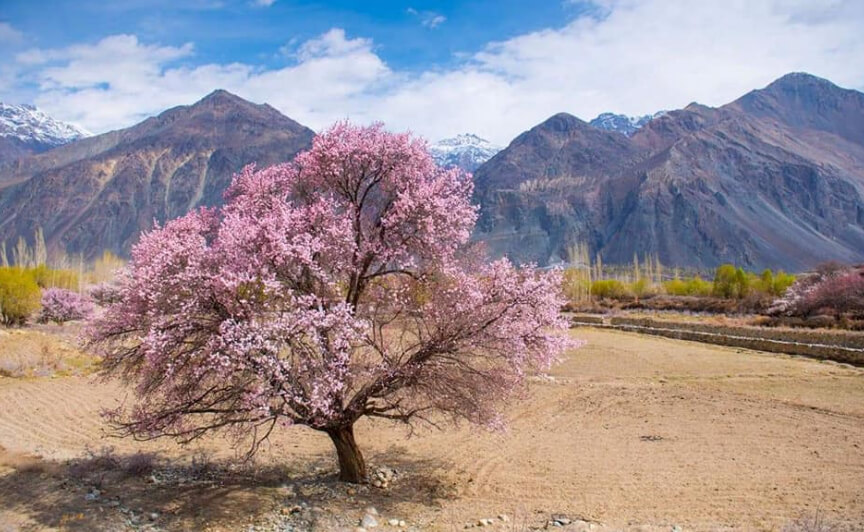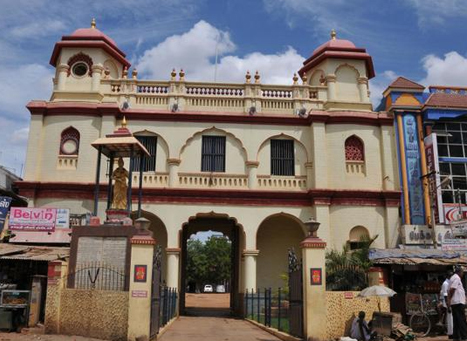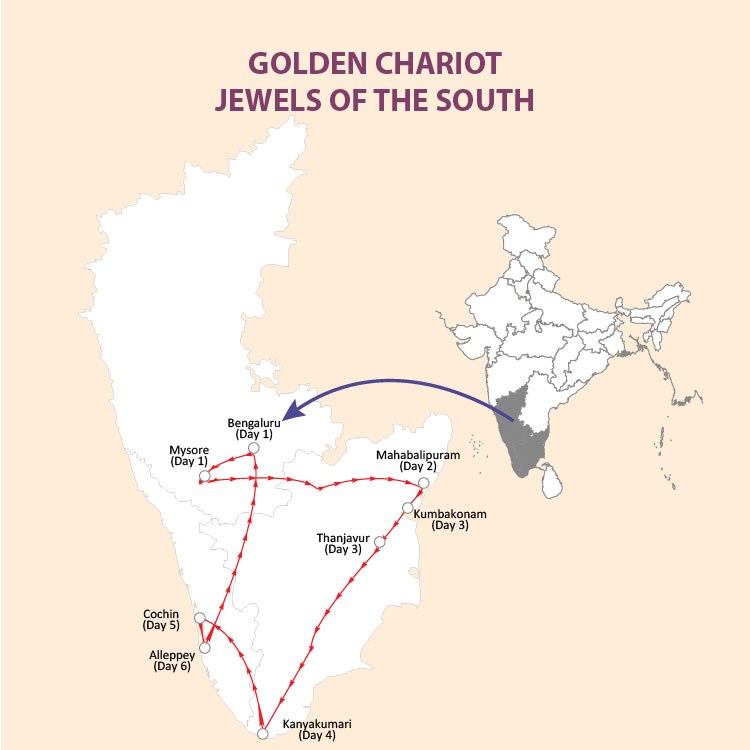The Indus Valley Trek offers a unique adventure in the heart of the Himalayas. It’s a journey that combines nature’s beauty with rich cultural experiences.
Nestled in the majestic mountains, the Indus Valley Trek is a perfect escape for nature lovers and adventurers alike. This trek takes you through picturesque landscapes, serene villages, and ancient monasteries. Each step reveals a new wonder, from snow-capped peaks to lush green valleys.
Along the way, you’ll encounter local traditions and warm hospitality, making the experience truly unforgettable. Whether you’re an experienced trekker or a beginner, the Indus Valley Trek provides a fulfilling challenge and a chance to connect with the tranquil beauty of the region. Get ready to explore and immerse yourself in one of the most enchanting treks in the world.
Indus Valley Trek Highlights
The Indus Valley Trek is a stunning adventure for nature lovers. This trek offers breathtaking landscapes and historical wonders. This blog post highlights the key attractions of the trek.
Scenic Views
The Indus Valley Trek is known for its scenic views. Trekkers can enjoy lush green meadows. Snow-capped peaks surround the valley. Crystal-clear rivers flow through the landscape. The beauty of the valley changes with the seasons. In spring, flowers bloom in vibrant colors. During autumn, golden leaves cover the trails. Each step offers a new, mesmerizing vista. The trek provides ample opportunities for photography. Nature lovers will find peace and inspiration here.
Historical Sites
The Indus Valley Trek is rich in history. Ancient monasteries dot the landscape. These monasteries tell stories of a bygone era. Trekkers can visit the famous Hemis Monastery. It is one of the largest in the region. The monastery is over 300 years old. Another historical site is the Alchi Monastery. It houses ancient Buddhist art and scriptures. The trek also passes through old villages. These villages have traditional Ladakhi architecture. Trekkers can interact with the local people. They can learn about the unique culture and traditions.
Preparation For The Trek
The Indus Valley Trek is an adventure that requires careful preparation. The journey takes you through rugged terrains and beautiful landscapes. To ensure a safe and enjoyable experience, it’s crucial to be well-prepared. This guide will help you get ready for the trek with ease.
Essential Gear
Having the right gear can make a big difference. Start with a sturdy backpack. It should be comfortable and fit well. Pack lightweight clothing suitable for various weather conditions. Layering is key. Don’t forget a waterproof jacket.
Good hiking boots are essential. They provide support and protect your feet. Make sure they are broken in before the trek. Carry a sleeping bag that is suitable for cold temperatures. A compact, lightweight tent is also important.
Other essentials include a first-aid kit, a flashlight, and a map. Bring enough food and water. High-energy snacks like nuts and dried fruit are great. A water purifier can be handy. Don’t forget sunscreen and sunglasses. The sun can be harsh in the mountains.
Physical Fitness
Being physically fit is important for the Indus Valley Trek. Start training several months in advance. Focus on building endurance and strength. Regular hiking is the best preparation. If possible, hike on similar terrains to what you will encounter.
Cardio exercises like running or cycling can help improve stamina. Strength training is also crucial. Focus on your legs, core, and back. These muscles will support you during the trek. Flexibility exercises like yoga can prevent injuries.
Listen to your body during training. Rest when needed. It’s important to avoid overtraining. Ensure you are healthy and fit before starting the trek. Consult a doctor if you have any health concerns. Proper preparation can make your trek enjoyable and safe.
Route And Terrain
The Indus Valley Trek offers a unique adventure through breathtaking landscapes. The route and terrain of this trek present a mix of challenges and rewards. Hikers can expect varied landscapes, including lush valleys, rugged paths, and serene riversides. Knowing the route and understanding the terrain are crucial for a successful trek.
Trail Map
The trail map for the Indus Valley Trek is easy to follow. It starts from Leh and moves through picturesque villages like Phyang and Hemis. The trek covers diverse landscapes, making each segment unique. Trekkers will navigate through high-altitude plains and dense forests. The map also highlights key rest stops and campsites. This ensures trekkers can plan their journey well.
Elevation Changes
Elevation changes are a significant aspect of the Indus Valley Trek. The trek begins at around 3,500 meters in Leh. It gradually rises to elevations of over 5,000 meters. Trekkers experience steep climbs and gentle slopes. This variety keeps the trek exciting and challenging. Proper acclimatization is essential due to high altitudes. It helps prevent altitude sickness and ensures a safe trek.

Credit: www.tourmyindia.com
Cultural Insights
Discover the rich history and stunning landscapes on the Indus Valley Trek. Explore ancient ruins, local villages, and vibrant cultures. Experience a journey through time in one of the world’s oldest civilizations.
### Cultural Insights The Indus Valley Trek is not just a journey through breathtaking landscapes; it’s a deep dive into a rich tapestry of culture and history. This trek offers you the unique opportunity to experience the traditions and artifacts that have shaped the region for centuries. Let’s explore the cultural insights that make this adventure so special.Local Traditions
Walking through the villages, you’ll notice the locals’ vibrant attire, a testament to their rich cultural heritage. Traditional dances often light up the evenings. One evening, I was lucky enough to witness a traditional dance performance around a bonfire. The rhythmic beats and colorful costumes were mesmerizing. You may also be invited to join local festivals. Imagine celebrating a harvest festival with the villagers, participating in their traditional games, and tasting local delicacies. It’s a chance to connect deeply with the community.Ancient Artifacts
The trek takes you to ancient monasteries and temples, where you can find artifacts that date back to the early civilizations. These artifacts tell stories of the past, from intricately carved statues to ancient manuscripts. One such discovery was an old manuscript detailing the trade routes of the Indus Valley Civilization. Holding that piece of history was like touching the past. You can learn so much about the ancient ways of life, commerce, and spirituality by exploring these treasures. — What are you most excited to discover on your cultural exploration of the Indus Valley Trek? Will it be the traditions, the artifacts, or perhaps something unexpected?Wildlife Encounters
Explore the Indus Valley Trek and witness breathtaking wildlife encounters. Spot diverse animals in their natural habitat. This trek offers unforgettable moments with nature.
Exploring the Indus Valley through trekking is an unparalleled adventure, but the journey offers more than just breathtaking landscapes. Wildlife Encounters are a significant part of the experience. The valley is home to a diverse range of species, many of which are unique to the region. As you trek through the varied terrain, you’ll encounter wildlife that will make your journey unforgettable. Let’s delve into the fascinating world of the Indus Valley’s wildlife.Common Species
While trekking in the Indus Valley, you’ll come across numerous species. The Snow Leopard, often dubbed the “ghost of the mountains,” is a rare but possible sight. These elusive creatures have adapted perfectly to the rugged terrain. Another common sight is the Himalayan Ibex. Their majestic horns and agile movements are a treat to observe. You might also spot the Ladakh Urial, a wild sheep known for its impressive curved horns. Birdwatchers can rejoice as the valley is a paradise for avian enthusiasts. The Himalayan Griffon Vulture and the Golden Eagle are often seen soaring high in the sky. These birds offer a spectacular view with their majestic wingspans.Conservation Efforts
You might wonder how these species continue to thrive despite environmental challenges. The region’s conservation efforts play a crucial role in preserving its biodiversity. The Hemis National Park is a prime example. It is one of the largest national parks in India and serves as a sanctuary for the snow leopard. Local communities are actively involved in conservation. They work alongside NGOs to protect endangered species. By promoting eco-tourism, they ensure that wildlife and their habitats are preserved. You too can contribute to these efforts. Respecting wildlife, sticking to designated trails, and avoiding littering can go a long way. Remember, every small action counts. The next time you plan a trek in the Indus Valley, keep your eyes peeled for these incredible wildlife encounters. Each sighting is a reminder of nature’s beauty and the importance of preserving it. So, are you ready to embark on this adventure and witness the wilderness of the Indus Valley?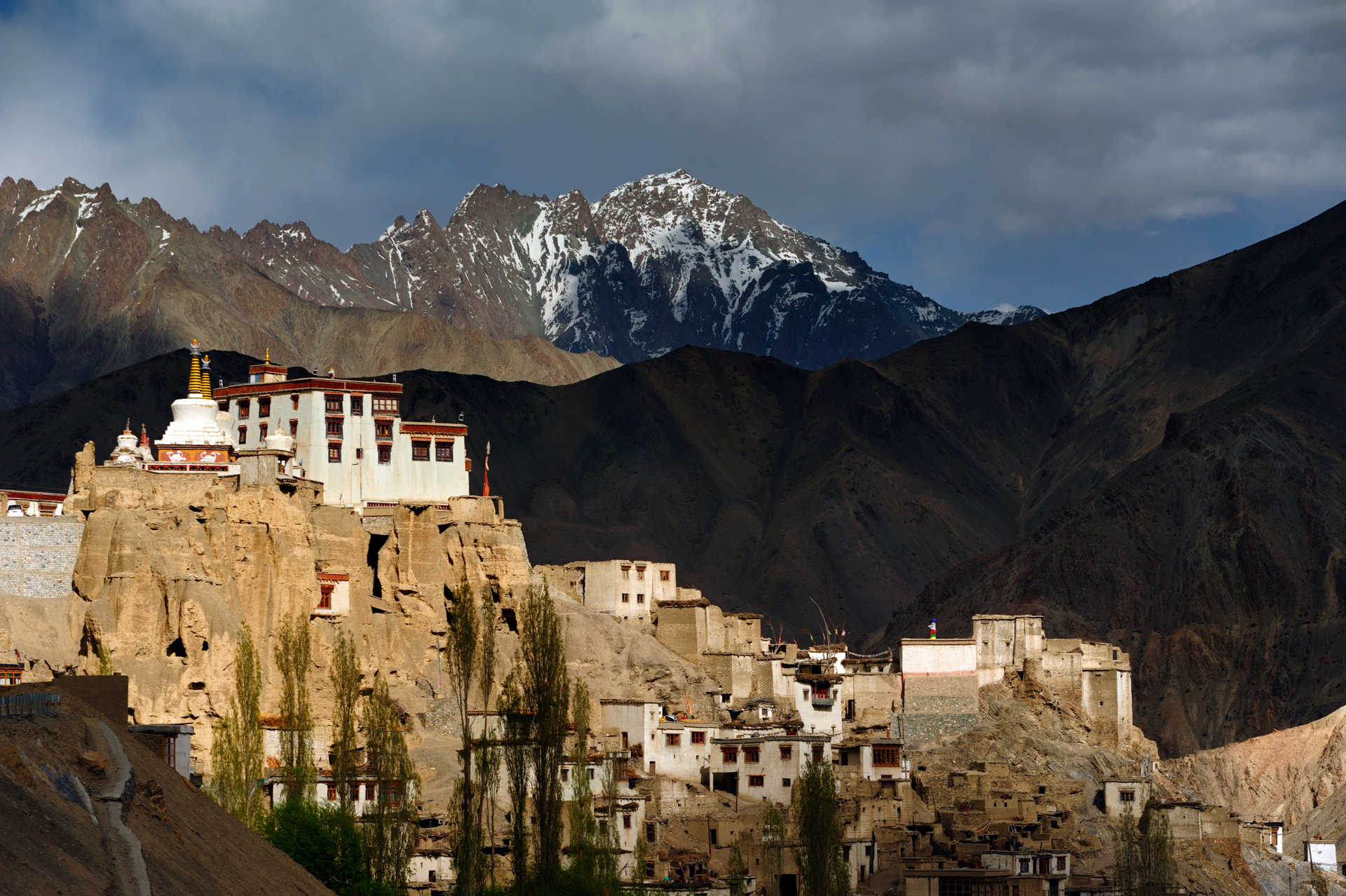
Credit: www.kandooadventures.com
Safety Tips
Stay safe on the Indus Valley Trek by packing essential gear and staying hydrated. Always follow local guides and respect weather warnings.
### Safety Tips Embarking on the Indus Valley Trek is an exhilarating adventure, but ensuring your safety is paramount. The remote location, unpredictable weather, and challenging terrain demand careful preparation and awareness. Below are essential safety tips to keep in mind as you plan and execute your journey through the stunning landscapes of the Indus Valley.Weather Conditions
Understanding the weather conditions in the Indus Valley is crucial. The region can experience rapid and dramatic changes in weather, from scorching daytime heat to freezing nights. – Check weather forecasts before you start your trek. This will help you pack appropriately and plan your daily itinerary. – Dress in layers. This allows you to adjust to the fluctuating temperatures easily. A lightweight, waterproof jacket and thermal wear are essential. – Be prepared for snow at higher altitudes, even during summer months. Snow can make trails slippery and difficult to navigate. During my trek, a sudden storm hit. I was grateful for my waterproof gear and layered clothing, which kept me warm and dry. Are you ready for such sudden changes?Emergency Procedures
Knowing what to do in case of an emergency can be life-saving. The Indus Valley Trek is remote, and immediate help might not always be available. – Carry a first-aid kit that includes essentials like bandages, antiseptic wipes, painkillers, and any personal medications. – Learn basic first aid. Knowing how to treat blisters, minor cuts, or altitude sickness can prevent small issues from becoming serious. – Stay connected. While mobile networks might be unreliable, consider carrying a satellite phone or a GPS device. These devices can be crucial in emergencies. – Inform someone of your itinerary before you leave. This way, someone knows your expected route and can raise an alarm if you don’t check-in. Once, a fellow trekker sprained an ankle, but our group was prepared with a splint and bandages. We stabilized the injury and helped them to a safer location. Would you know what to do in such a situation? Your safety is your responsibility. Are you adequately prepared for the unexpected on the Indus Valley Trek?Accommodation Options
Exploring the Indus Valley Trek offers breathtaking landscapes and rich culture. Finding the right place to stay enhances the experience. Whether you seek the simplicity of nature or the comfort of a cozy bed, the Indus Valley Trek has various accommodation options to suit your needs.
Camping Spots
Camping in the Indus Valley brings you closer to nature. Set up your tent near riverbanks for calming water sounds. Or choose elevated spots for stunning mountain views. Popular sites include Chilling and Skiu. Both offer easy access to trekking trails.
Ensure you carry all necessary gear. This includes tents, sleeping bags, and cooking equipment. Respect the environment. Leave no trace behind. This helps preserve the beauty of the valley for future visitors.
Local Lodges
For those seeking comfort, local lodges provide a great alternative. These lodges offer warm beds and home-cooked meals. Many are family-run, offering a glimpse into local life. Hemis and Leh have several lodges with friendly hosts.
Staying at a lodge allows you to rest well after a day of trekking. Enjoy the hospitality and learn about the culture. Lodges often have amenities like hot water and Wi-Fi. This makes your stay more comfortable and connected.
Best Time To Visit
The Indus Valley Trek is an adventure that promises stunning landscapes, rich cultural experiences, and unforgettable memories. However, timing your visit is crucial to ensure you get the best out of this trek. Knowing the best time to visit can make a significant difference in your experience, from the weather you encounter to the festivals you can partake in.
Seasonal Variations
When planning your Indus Valley Trek, it’s essential to understand the seasonal variations. Each season offers a unique aspect of this beautiful region, but some times of the year are more suitable for trekking than others.
Spring (March to May): Spring is a fantastic time to embark on the Indus Valley Trek. The weather is mild, and the valley is in full bloom. You’ll witness a riot of colors as flowers blanket the region. The days are pleasant, and the nights are cool, making it comfortable for trekking.
Summer (June to August): Summer is another great season, especially if you want to avoid the cold. The days are warm, and the weather is generally stable. It’s also a perfect time for those who wish to explore high-altitude areas as the snow melts, making paths more accessible.
Autumn (September to November): Autumn is arguably the best time to visit the Indus Valley. The weather is stable, and the skies are clear. The landscapes are breathtaking with autumn foliage, and the trekking routes are less crowded. This season offers some of the best photographic opportunities.
Winter (December to February): Winter is challenging but rewarding for experienced trekkers. The valley is covered in snow, and the temperatures drop significantly. If you enjoy the solitude and the pristine beauty of snow-covered landscapes, winter can be an enchanting time to visit. However, be prepared for harsh conditions and ensure you have the proper gear.
Festivals
One of the most enriching aspects of the Indus Valley Trek is the opportunity to experience local festivals. These events offer a glimpse into the vibrant culture and traditions of the region. Timing your visit to coincide with these festivals can add a whole new dimension to your trek.
Ladakh Festival (September): Held in September, the Ladakh Festival is a vibrant celebration of the region’s culture. You can witness traditional music, dance, and sports. It’s a great time to interact with locals and understand their way of life. During my last visit in September, I was mesmerized by the colorful costumes and the infectious enthusiasm of the participants.
Hemis Festival (June/July): This is one of the most famous festivals in Ladakh, celebrated at the Hemis Monastery. The festival features traditional music, mask dances, and spiritual ceremonies. It’s an unmissable experience if you’re trekking during the summer. The energy and the spiritual ambiance of the festival are truly captivating.
Losar Festival (December/January): Celebrated in winter, Losar marks the Tibetan New Year. It’s a time of feasting, dancing, and religious ceremonies. Despite the cold, the warmth of the celebrations makes it worthwhile. During my winter trek, the Losar Festival offered a unique perspective on the resilience and joy of the local communities.
When planning your trek, consider not just the weather, but also these cultural experiences. They can turn a great trek into an extraordinary adventure. Have you ever timed a trip to coincide with a local festival? How did it change your experience?
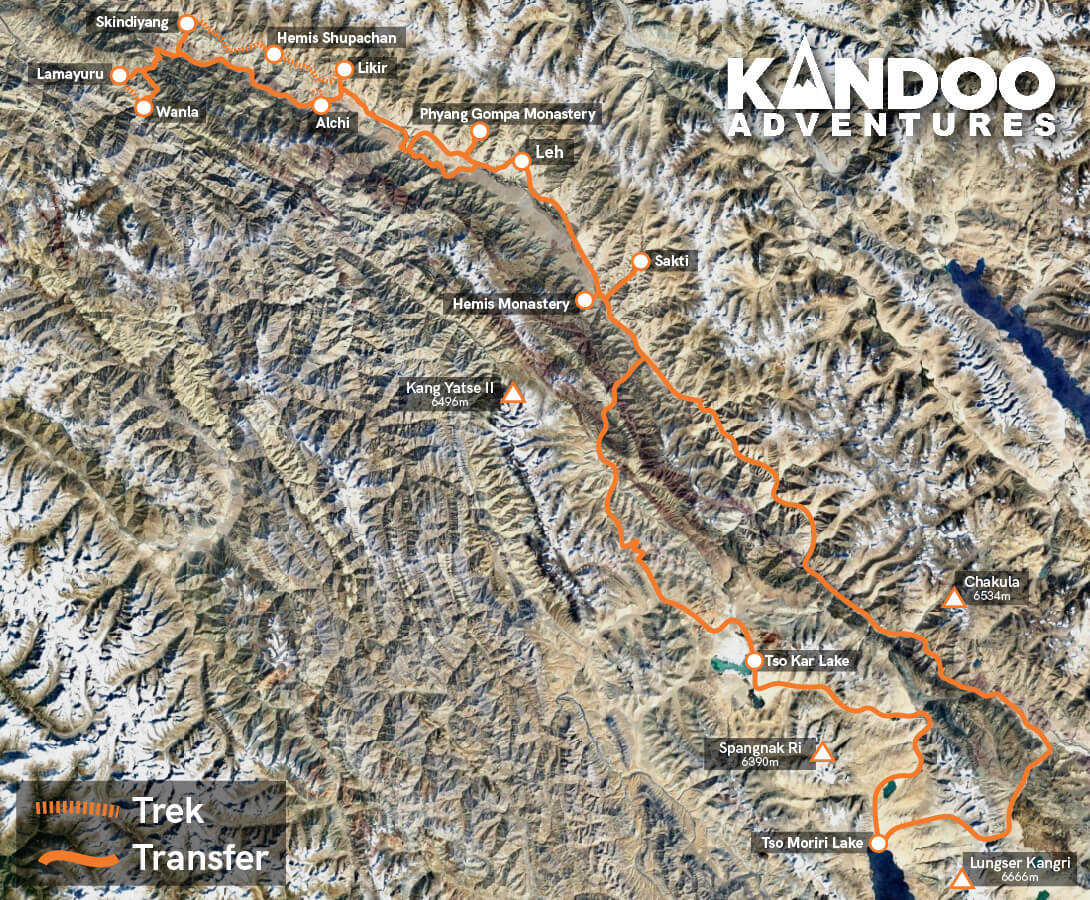
Credit: www.kandooadventures.com
Frequently Asked Questions
What Is The Indus Valley Trek?
The Indus Valley Trek is a scenic adventure. It explores the ancient Indus River region. Trekkers enjoy stunning landscapes and rich history.
How Difficult Is The Indus Valley Trek?
The Indus Valley Trek varies in difficulty. It suits both beginners and experienced trekkers. Some routes are challenging, others are easy.
What To Pack For Indus Valley Trek?
Pack essentials like sturdy boots, warm clothing, and a first aid kit. Bring plenty of water and high-energy snacks.
When Is The Best Time For Indus Valley Trek?
The best time for the Indus Valley Trek is from May to October. The weather is pleasant during these months.
Conclusion
Discover the beauty of the Indus Valley Trek. This adventure offers breathtaking views, rich culture, and unforgettable memories. Trekking here is perfect for both beginners and seasoned hikers. Plan your trip soon and experience the magic of the Indus Valley.
This trek promises a unique blend of nature and history. Enjoy the peaceful trails and stunning landscapes. Create stories you’ll cherish forever. Happy trekking!
{ “@context”: “https://schema.org”, “@type”: “FAQPage”, “mainEntity”: [ { “@type”: “Question”, “name”: “What is the Indus Valley Trek?”, “acceptedAnswer”: { “@type”: “Answer”, “text”: “The Indus Valley Trek is a scenic adventure. It explores the ancient Indus River region. Trekkers enjoy stunning landscapes and rich history.” } } , { “@type”: “Question”, “name”: “How difficult is the Indus Valley Trek?”, “acceptedAnswer”: { “@type”: “Answer”, “text”: “The Indus Valley Trek varies in difficulty. It suits both beginners and experienced trekkers. Some routes are challenging, others are easy.” } } , { “@type”: “Question”, “name”: “What to pack for Indus Valley Trek?”, “acceptedAnswer”: { “@type”: “Answer”, “text”: “Pack essentials like sturdy boots, warm clothing, and a first aid kit. Bring plenty of water and high-energy snacks.” } } , { “@type”: “Question”, “name”: “When is the best time for Indus Valley Trek?”, “acceptedAnswer”: { “@type”: “Answer”, “text”: “The best time for the Indus Valley Trek is from May to October. The weather is pleasant during these months.” } } ] }
